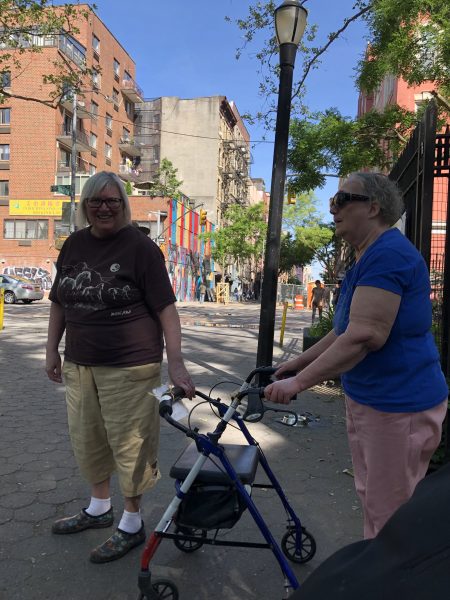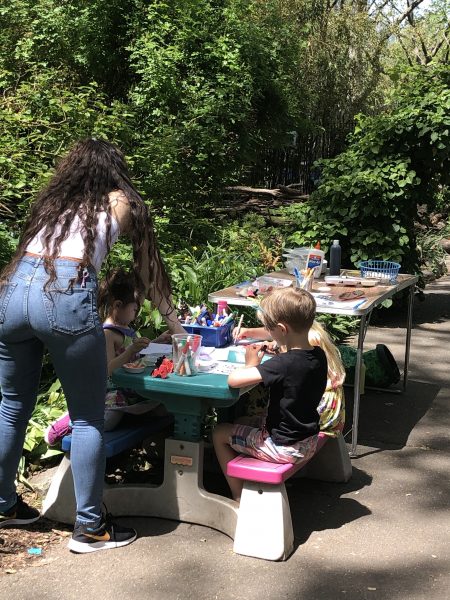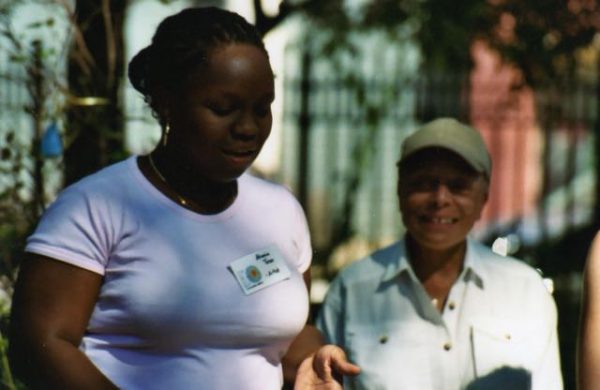Fordham University: By: Bernadette Corbett May 13, 2016
CHAPTER 2:
The History of the NYC Parks Department
“Parks are about so much more than our aesthetics and beauty, as important as that is.
Parks are about healthy neighborhoods? they’re intimately tied to the health of their neighborhoods? they promote community building, social capital, and even in ways we’re only just beginning to understand, our physical health.” (Shakarian)
Urban parks can provide social benefits to neighborhoods because they are public spaces where people from different cultures and backgrounds can convene. In fact, urban parks are supposed to be symbols of democracy within New York City. Experts believe urban parks theoretically represent fairness and civic virtues within society. In other words, urban parks provide society with public places where the rich and the poor can “meet as equals” (Penalosa).
However, these symbols of democracy become warped when private fundraising is the main source of maintenance and upkeep. When urban parks are maintained through private funds, they only cater to the needs of the elite few. Therefore, certain groups no longer feel welcomed in these public spaces. “Some of the most glaring inequities are becoming manifest in the way our public spaces are designed, maintained, and regulated” (65 Ulam). Thus, our society becomes segregated. Many academics and urban planners have opinions on how our society becomes segregated through urban parks, and their theories are analyzed within this chapter.
“we are facing a different kind of threat to public space – not one of disuse, but of patterns of design and management that exclude some people and reduce social and cultural diversity. In some cases this exclusion is the result of a deliberate program to reduce the number of undesirables, and in others, it is a byproduct of privatization, commercialization, historic preservation, and specific strategies of design and planning.
Nonetheless, theses practices can reduce the vitality and vibrancy of the space or reorganize it in such a way that only one kind of person – often a tourist or a middleclass visitor – feels welcomed.” (Low 1)




